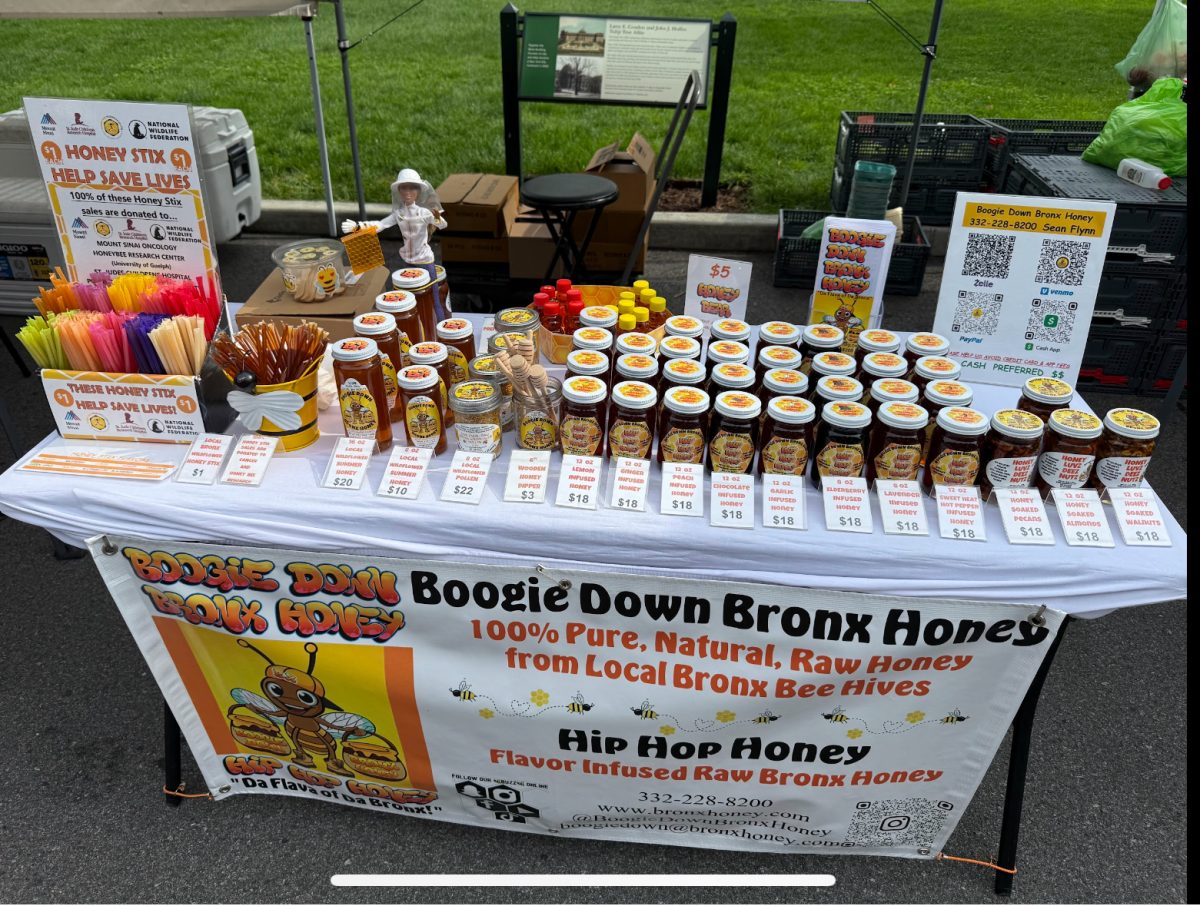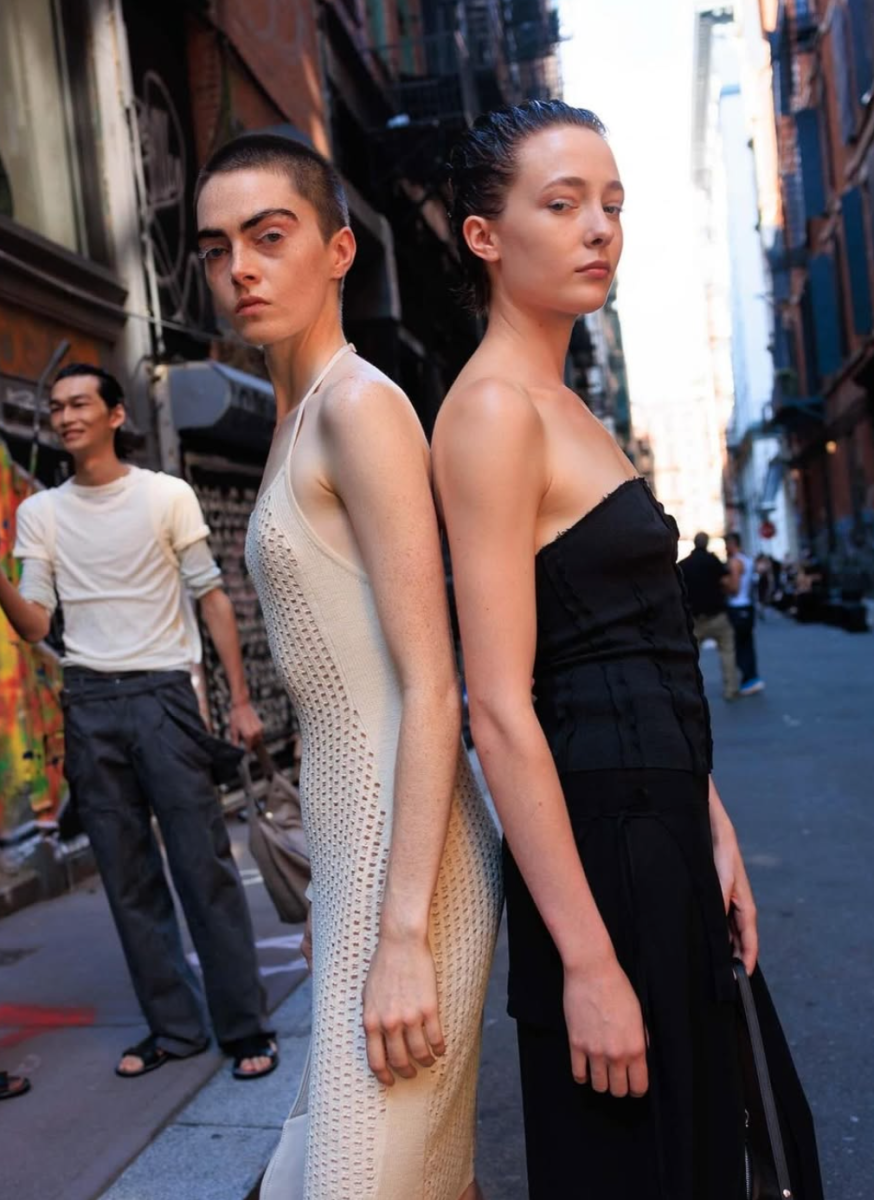By KATIE MEYER

In early February an old, rather disheveled man attended a basketball game at Fordham. He did not do too much, just sat quietly in the crowd, watching the game. Everyone else, however, freaked out. Why? Because he was Bill Murray. And people really, really love Bill Murray.
This, of course, should be old news for anyone who goes to Fordham — Murray’s visit turned into one of the biggest events of the year. Pictures were strewn across all forms of social media for weeks, and the people who got the best ones were simultaneously worshipped and hated. The reason I am bringing it up now though, is because, like everyone else on campus, I freaked out too. I thought it was the coolest thing ever, and I told everyone I knew.
And recently, after rediscovering some of the “Murray Sighting” pictures on Facebook, I started to wonder why. On the surface it made sense—a celebrity visited Fordham…no matter who it is, it is big news. But the Murray thing felt like something more than a celebrity encounter. It was a brush with a legend, with a mysterious creature who has often been described in urban myths (the classic, “Bill Murray played kickball with me and then disappeared”) but never seen in real life. When he came to Fordham, we became a small part of the myth.
But that still does not quite explain why Murray has this status. Sure, he’s funny. He is been around for a long time, and his career has always been impressive, and his work often considered classic. But his mythos extends beyond that, and this, this aura that he has, is what interests me more than anything. Quite simply, it’s just him. It is the deadpan stare, the sarcasm, the rumpled clothes and flyaway hair. It is the penchant for showing up in unexpected places like kickball games (see above) and random house parties, and with unexpected people like, in one instance, the Wu Tang Clan. It is the fact that he famously refuses to have an agent, instead fielding calls for roles on his own and taking them at his own discretion. He is been called Hollywood’s white whale, and the name suits him to a T. As the legend goes, you do not just find Bill Murray. He finds you, and on his own terms.
So why is this important? In the grand scheme of things maybe it isn’t, but I think Murray’s status in pop culture actually says something very significant. We like Bill Murray because we really just want to be Bill Murray. We want his nonchalance, his humor. We want to be able to be 63 years old and wearing a Liberace costume on Letterman (Liberace being the latest in a long line of costumes Murray has worn on Letterman). Murray gives off an air of genuinely not caring about much, of just floating though life, doing as he pleases. And it is awesome.
Of course, that is only one of the things that made him such an icon. The very fact that “Murray Sightings” are a thing has contributed enormously to his popularity. Google his name, and you will see that one of the top results is “Bill Murray stories.” In fact, there is an entire website dedicated to just that: stories about odd Murray encounters, which range from exchanges in bars to him helping in medical emergencies. Only legends have websites like that.
So what does this mean? For me, anyway, it is something kind of hopeful. In a world in which figures like Kardashians and Beibers get a whole lot of attention, it is nice to see a legend that exists for simpler reasons. Bill Murray is not a caricature or a reflection of the popular culture of the moment. He just does what he wants, and he does it quietly. I can get behind that.
Katie Meyer is News Editor at The Fordham Ram.











































































































































































































